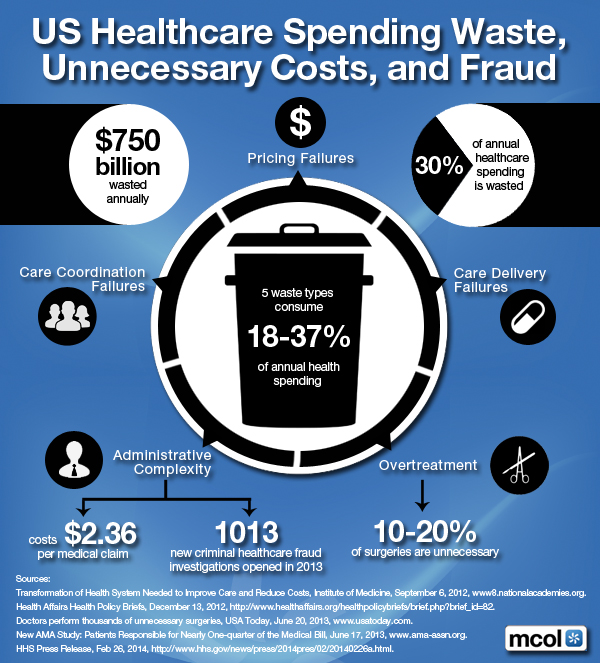By Claire Thayer, July 7, 2014
The Affordable Care Act (ACA) has had a huge impact on Medicaid enrollment and spending since the expansion of Medicaid eligibility to include almost all adults with incomes at or below 138% of the federal poverty level effective January 1, 2014. The Kaiser Family Foundation recently released, Medicaid Moving Forward, a concise fact sheet summarizing current enrollment, spending and other trends for the Medicaid program. Lots of data is packed into this fact sheet, here are a few of the important highlights:
Who Does Medicaid Cover?
-
Over 66 million Americans now receive their health coverage through the Medicaid
-
Medicaid and Children’s Health Insurance Program (CHIP) cover more than 1 in every 3 children
-
In June 2013, over 28 million children were enrolled in Medicaid and 5.7 million were enrolled in CHIP
-
The ACA expanded Medicaid to nearly all adults under age 65 with income at or below 138% FPL, effective January 1, 2014.
-
As of June 2014, 27 states, including DC, were expanding Medicaid, three states were actively debating the issue, and 21 states were not moving forward
What does Medicaid Cover?
-
inpatient and outpatient hospital services;
-
physician, midwife, and nurse practitioner services;
-
early and periodic screening, diagnosis, and treatment (EPSDT) for children up to age 21;
-
laboratory and x-ray services;
-
family planning services and supplies;
-
federally qualified health center (FQHC) and rural health clinic (RHC) services;
-
freestanding birth center services (added by ACA);
-
nursing facility (NF) services for individuals age 21+;
-
home health services for individuals entitled to NF care;
-
tobacco cessation counseling and pharmacotherapy for pregnant women (added by ACA);
-
non-emergency transportation to medical care
How do Medicaid Beneficiaries Get Care?
-
Most Medicaid beneficiaries obtain care from private office-based physicians & other health professionals.
-
Safety-net health centers and hospitals also play a major role in serving the Medicaid population.
-
Over half of Medicaid beneficiaries nationally, mostly, children and parents, are enrolled in comprehensive managed care organizations (MCO) that contract with states on a capitation, or risk, basis to deliver Medicaid services
-
A smaller but still significant number of beneficiaries are enrolled in Primary Care Case Management (PCCM) programs
How much does Medicaid cost and how is it financed?
-
In FY 2012, Medicaid spending on services totaled about $415 billion
-
Administrative costs accounted for 5% of overall program spending.
-
Two-thirds of all spending on services was attributable to acute care
-
30% of all spending on services was associated with long-term care.
-
Supplemental payments to hospitals that serve a disproportionate share of Medicaid and uninsured patients, known as “DSH,” accounted for about 4% of spending
-
Medicaid payments for Medicare premiums and cost-sharing on behalf of dual eligible beneficiaries totaled 3.5%.
Source: Medicaid Moving Forward, The Henry J. Kaiser Family Foundation, June 17, 2014.
Additional Issue Briefs that might be of interest:
Katherine Young and Lisa Clemans-Cope and Emily Lawton and John Holahan, Medicaid Spending Growth in the Great Recession and Its Aftermath, FY 2007-2012, The Henry J. Kaiser Family Foundation, Issue Brief, July 3, 2014.
Samantha Artiga and Robin Rudowitz, Medicaid Enrollment Under the Affordable Care Act: Understanding the Numbers, The Henry J. Kaiser Family Foundation, Issue Brief, January 29, 2014.


 Share This Post
Share This Post 



















